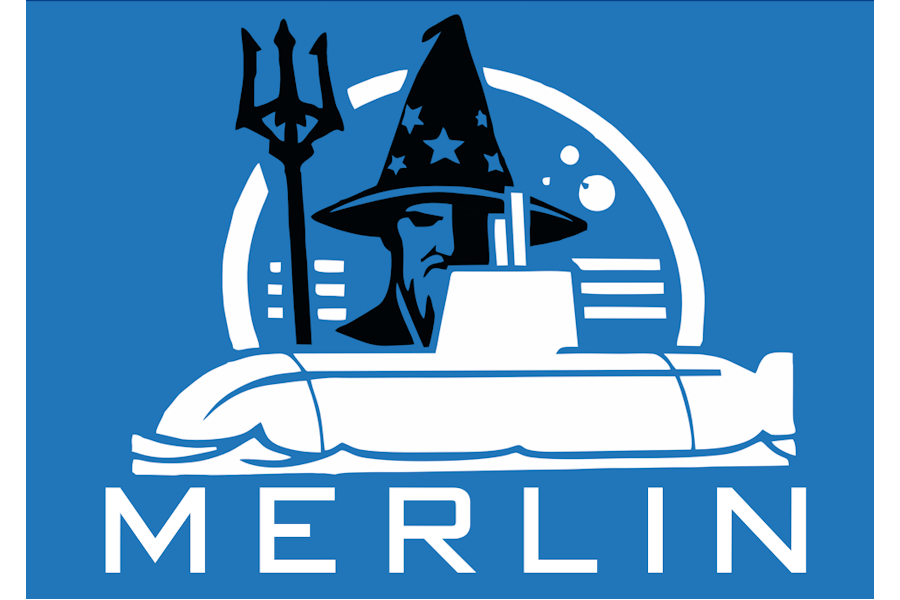
- 03/12/2024
- NEWS
MERLIN & CATCO2NVERS - Research & Innovation
MERLIN
On the 26th and 27th of November, the new MERLIN project (a EU Horizon Europe project, a follow-up to the ENDURUNS project) had its kick-off meeting at the University of Birmingham, the coordinating institution.
The MERLIN project aims to revolutionize offshore infrastructure and marine habitat monitoring by utilizing hydrogen fuel cells and renewable energy to power autonomous Unmanned Surface Vessels (USVs) and Autonomous Underwater Vessels (AUVs).
These innovations will allow for long-endurance operations without human intervention. Managed via a Mission Remote Control Centre (MRCC), the vessels will feature advanced capabilities for sample collection, sensor handling, and geotagging.
Demonstration activities will focus on marine habitat monitoring, underwater volcano seabed mapping, and port infrastructure inspection.
HYSYTECH will collaborate on integrating power management into the USV system based on fuel cell technologies.
CATCO2NVERS
On the 19th and 20th of November, the CATCO2NVERS consortium convened at HYSYTECH's new headquarters in Orbassano (Torino) for the 42M meeting.
The gathering showcased intriguing and promising advancements from the five technologies being developed within the project, aimed at converting CO2 into added-value products.
Notably, the prototype for the FDME and CCFAMEs synthesis is currently under manufacture at HYSYTECH's workshops and will soon be installed at the testing site at PERSEO's premises in Valencia, where the technology will be validated at TRL 5. during the visit, partners had the opportunity to appreciate the progress in the construction of the prototype.
CATCO2NVERS (EU H2020) is an ambitious project that combines research areas such as electrochemistry, biotechnology and thermocatalysis and will contribute to reduce GHG emissions from the bio-based industries developing five innovative and integrated technologies, based on three catalytic methods (electrochemical, enzymatic, thermochemical). It will transform waste-CO2 and residual biomass from two bio-based industries into added-value chemicals: glyoxylic acid, lactic acid, furan dicarboxylic methyl ester (FDME) and cyclic carbonated fatty acid methyl esters (CCFAMEs). These products will be validated in cosmetics formulations, as building blocks for polymers and green solvents.


